Introduction
There are a lot of quality benches out on the fitness market and a lot of crappy one. Even the best commercial units, though, cannot provide you with the satisfaction that building your own bench for serious muscle building will bring forth. However, if you must buy look for potential weaknesses, and be very selective.
Recently, I was in a big regional fitness store looking at a combination weight bench with an adjustable incline. It looked sweet until I raised the incline pad. The cross piece, which held up the incline beam, had just two little spot welds holding it together! I mentioned it to the manager, and he said, “Not too many of us use the incline feature anyway.”
The good old flat bench is much more agile and useful than a combo swing-set/plastic monstrosity that claims to do three dozen different things. It's a lot cheaper to build or buy, too. For these reasons, I strongly recommend that you build a one-piece, solid construction for your flat-bench needs. This is the best and sturdiest tool for heavy prone benching.
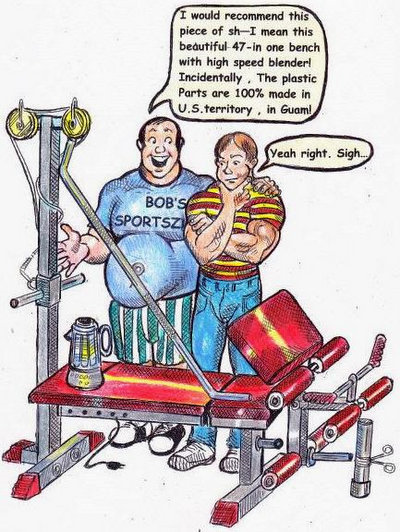
Some strength “experts” will tell you that you are better off buying a weight bench from a big box store. I couldn't disagree more. If you can construct a picnic table or a small deck, don't you think you can build a bench that holds you and 350 to 400 pounds of weights? Hell yes!
I personally built and tested a wooden bench based on the plans presented in this article. My own bench had no problem supporting 800 pounds, and it probably could hold up to more. Thus, built from this plan, a 200-pound lifter should be able to work their bench with a 400-pound barbell with a nice safety margin.
Disclaimer:
The actual load capacity of your bench may vary and will depend upon many factors, including wood quality, employed construction techniques, quality of care, ambient conditions, etc. Be sure to safely test your bench with a greater payload than you will use in your training before putting it to use. And, be sure to take your body weight into account when determining a safe payload.
Bill of Materials
- 10’ piece 2”x10” pressure treated lumber
- 8’ piece 2”x8” pressure treated lumber
- 8’ piece 2”x6” pressure treated lumber
- Two 2”x8” joist hanging brackets
- Two pounds of 4-inch sheet rock (drywall) screws
- One pound of 1-inch sheet rock screws
- Wood glue
Tools Required
- Rip saw (circular saw)
- 18-inch carpenter’s square
- #36 pilot drill bit
- Electric hand drill
- Sanding block + 80-grit sandpaper
- Wood glue
- Safety goggles and work gloves
Bench Components
- Figure A: 2”x10”x48” bench top
- Figure B: 2”x8”x40” center support (spine)
- Figure C: (Two) 2”x10”x12” (or custom length) bench legs
- Figure D: (Two) 2”x4” or 2”x6”x14” bench feet (stabilizers)
- Figure E: (Two) 2”x8” joist hanger brackets (optional, but provides extra strength.)
Note: Some hardware stores will cut the wood to needed length for you. It won’t hurt to ask, and it may be game saver if you are short a rip saw.
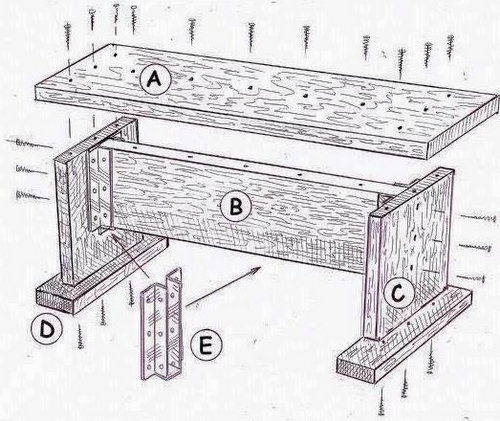
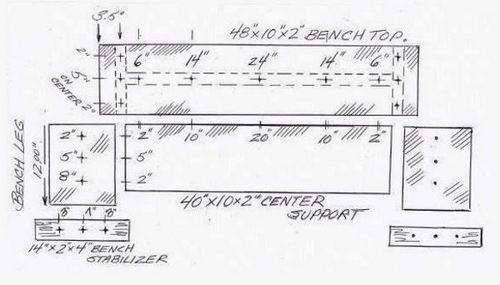
Assembly Instructions
- Cut materials square and to length. Sand rough edges with a sanding block or belt sander.
- Layout the hold locations accurately with a Sharpie.
- Drill pilot holes at hole locations with a #36 drill bit. This will help you screw everything together smoothly and provide maximum fastening strength.
- Before fastening pieces of wood together, wet each contact surface area with wood glue. Let the glue set for a few minutes before securing the wood pieces.
- Fasten the bench top and center support together with 3 1⁄2 - 4-inch sheet rock screws.
- Fasten the leg units together.
- Fasten both leg assemblies to the bench. Do the side holes first, and then screw down the bench top assembly securely.
- Flip the bench over on its top and secure one joist hanger bracket at each end (two total), as depicted. Use 1-inch sheet rock screws.
- Fasten both leg assemblies to the bench. Do the side holes first, and then screw down the bench top assembly securely.
One More Step (Optional)
To add a finishing touch to your new gym addition and protect it from the elements, seal the completed bench with a high quality deck sealer/primer. Then, finish with two coats of high-quality stain or paint, the color of your choice. You can also pad the bench top with rubber padding and subsequently cover it with an upholstery.
When Done
Okay, now you are the proud owner of a great new bench with your own signature on it. Congratulations. So, now you can do heavy bench presses in your home gym. Just make sure that you always bench with a spotter or two present, or bench in a safety rack.
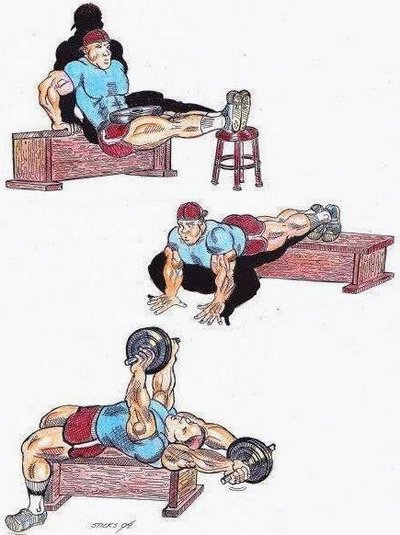
Oh, one more thing. Your new bench can be used to perform all sorts of exercises, not just bench presses. A few examples are shown in Figure G above. The limit is only set by your imagination.
Happy benching.
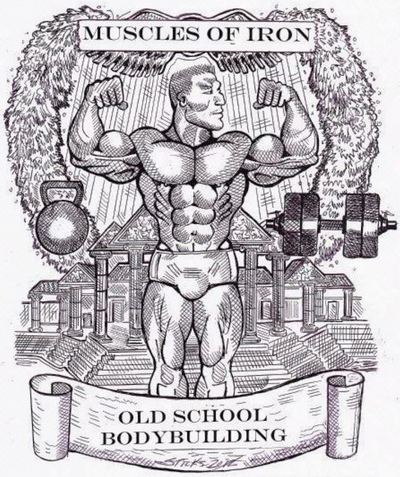
Add Comment